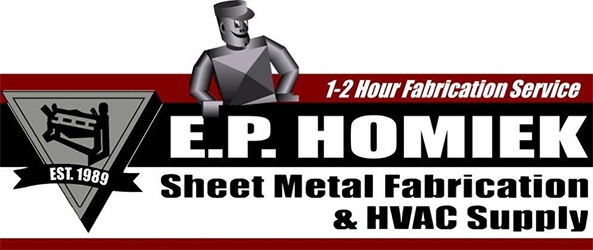MERV: Understanding Filter Efficiency Ratings
- Posted on July 21, 2023
- by admin
- in Blog_Posts
- Comments Off on MERV: Understanding Filter Efficiency Ratings
MERV Rating (Minimum Efficiency Reporting Value) is a standard set by ANSI/ASHRAE that is used to measure the overall efficiency of an air filter. MERV values range from 1-16, with 16 representing the highest MERV possible in filters that are not HEPA or ULPA.
Higher MERV values capture a greater percentage of airborne contaminants, with ratings based on particle size and rates of arrestance. Filters with MERV ratings of 1 to 16 are capable of capturing particles ranging from 0.3 to 10 microns. HEPA and ULPA filters can trap particles smaller than 0.3 microns.
ASHRAE recommends using filters rated at a minimum of MERV 13 or higher in all applications, whether residential, commercial, industrial, healthcare, etc. Many HVAC systems, however, aren’t designed to accommodate high-MERV filters. Using filters that are too restrictive can increase pressure drop, reduce airflow, and increase energy consumption. In such cases, the highest-possible MERV value should be used. Home and building owners should consult with an experienced HVAC company to determine the appropriate MERV rating for their system if that information is lacking.
Here is a quick guide to MERV filter ratings:
MERV 1-4
Particle size: > 10.0 microns
Average arrestance: 60 – 80%
Minimum filtering ability for residential and light commercial. Mainly used for equipment protection.
MERV 5-8
Particle size: 3.0 to 10.0 microns
Average arrestance: 80 – 95%
For better residential, industrial workplaces, typical commercial, paint booths and finishing. Captures most mold spores, dust mite debris, pet dander, etc.
MERV 9-12
Particle size: 1.0 to 3.0 microns
Average arrestance: > 90 – 98%
Used in superior residential and better industrial and commercial. Filtering capabilities include Legionella, humidifier dust, and lead dust.
MERV 13-16
Particle size: 0.30 to 1.0 microns
Average arrestance: > 95 – 99%
Mostly used in superior commercial, hospital inpatient, and general surgery. Captures almost all particles spanning the full test range including bacteria and tobacco smoke.
MERV 17-20 (HEPA and ULPA)
Average arrestance: 99.97 – 99.9999%
This range is sometimes used to refer to HEPA and ULPA but is not recognized by ASHRAE. These filters are used primarily in pharmaceutical, electronics manufacturing, clean rooms, hazardous materials, and nuclear applications and are capable of filtering viruses, radon, and carbon dust.
If you enjoyed this article please consider sharing it!




